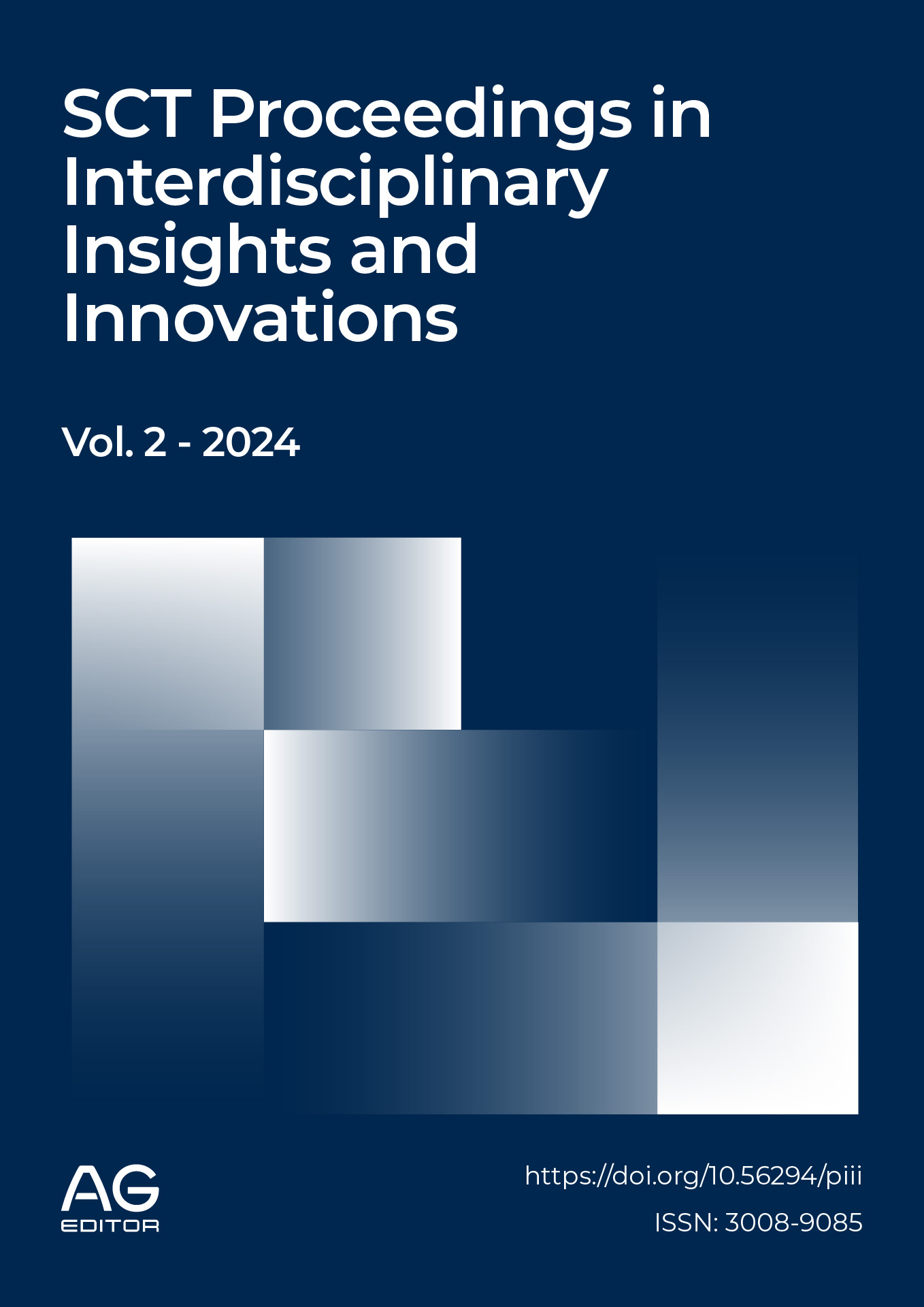Traveling to Cuba and communication: experiences of environmental education
DOI:
https://doi.org/10.56294/piii2024.154Keywords:
Bojeo, climate change, environmental communication, Cuba, environmental educationAbstract
In the contemporary context, concern for the preservation of the environment has intensified, becoming a highly relevant issue at a global level. Growing awareness of environmental challenges has generated renewed interest in environmental education as a fundamental tool for promoting sustainability and ecological responsibility. At the same time, the media, in their role as disseminators of information and generators of opinion, have taken on a leading role in shaping attitudes, behaviors and policies in today's society.
During the hottest summer on record (July-August 2023), a group of scientists and communicators set out on a trip to the Cuban archipelago to monitor shark populations, study the state of the coral reefs and get closer to vulnerable coastal communities, as well as other parameters related to the impact of climate change. Through this research, the aim is to characterize the communicative elements used in the expedition “Bojeo a Cuba” that contributed to a greater environmental education of the Cuban population.
References
1. de Belgrado, C. (1975). Seminario Internacional de Educación Ambiental. Belgrado, 1975. Consultado en http: www.ambiente.gov.ar-infotecaea descargas-belgrado01.pdf
2. Leff Zimmerman, E. (1993) La formación en la perspectiva de la Cumbre de la Tierra y de la Agenda 21. Educación ambiental y universidad. Curiel Ballesteros A (comp) Educación ambiental y universidad. Guadalajara: Universidad de Guadalajara.
3. Novo Vilaverde, M. (1998) La educación ambiental: Bases éticas, conceptuales y metodológicas. Madrid: Ediciones UNESCO.
Downloads
Published
Issue
Section
License
Copyright (c) 2024 Karla Picart Rodriguez (Author)

This work is licensed under a Creative Commons Attribution 4.0 International License.
The article is distributed under the Creative Commons Attribution 4.0 License. Unless otherwise stated, associated published material is distributed under the same licence.





